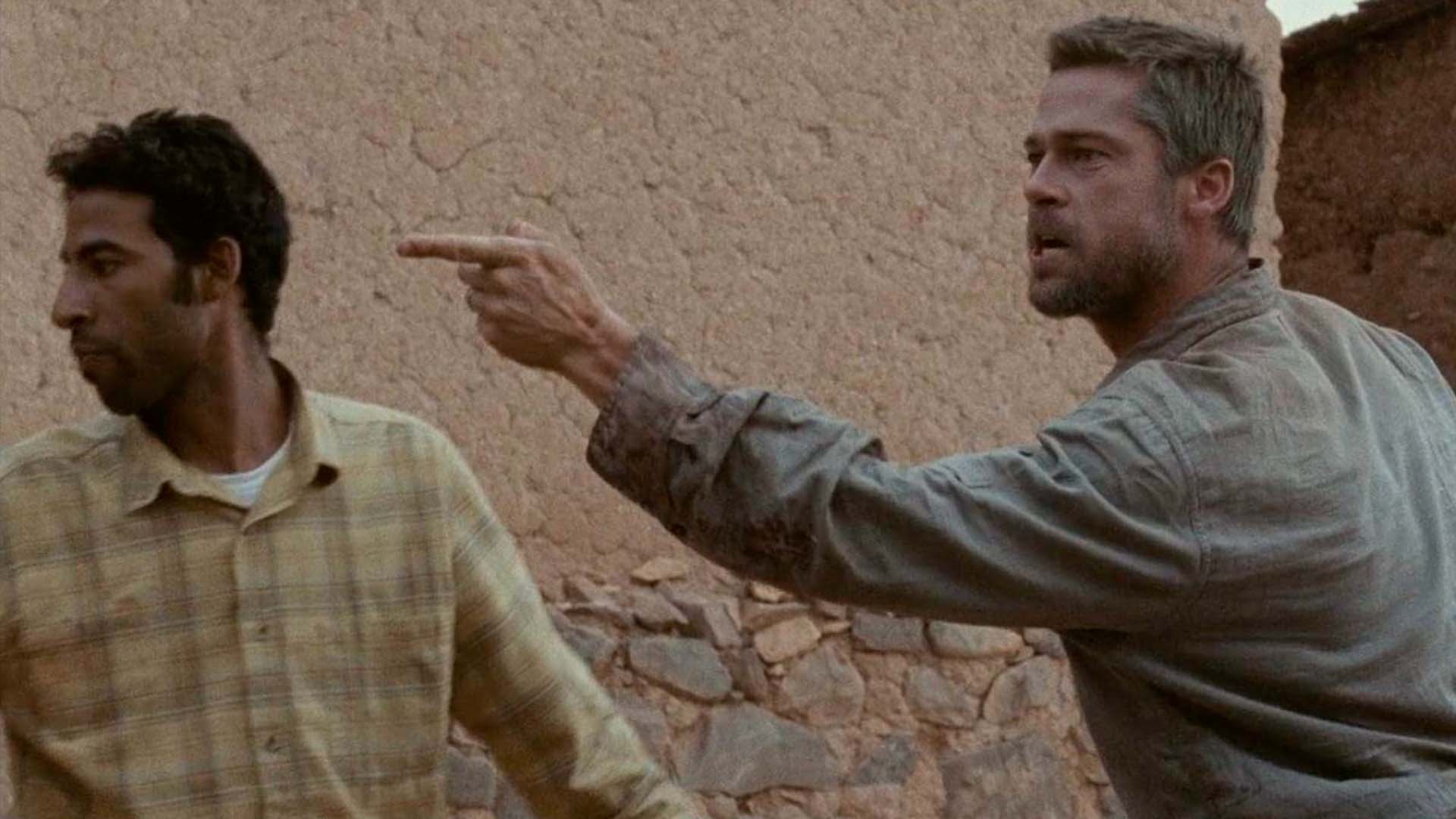Multilingual film production: The challenges and solutions in script breakdown
In the realm of global filmmaking, the allure and potential of multilingual films have progressively amplified. Transcending language barriers, these films blend cultures and narratives, serving as a testament to the universal appeal of storytelling.


Central to their creation is an efficient script breakdown, an often complex yet rewarding process. This article delves into the unique challenges and solutions for script breakdown in multilingual films.
Understanding script breakdown
Script breakdown is a crucial phase in pre-production that transforms the screenplay into actionable components for film production. From identifying characters, props, and locations to dissecting intricate plot elements, script breakdown creates a comprehensive roadmap for the production team. Films like Christopher Nolan's "Inception" (2010), which navigates multiple layers of dream worlds, required a full script breakdown to manage the complexities inherent in its unique plot structure.

Unique aspects of multilingual films
Multilingual films possess an inherent allure, bridging cultural divides through the shared experience of storytelling. From the Spanish and English dialogues in "Babel" (2006) to the amalgamation of Hindi, English, and French in "The Hundred-Foot Journey" (2014), these films blend languages to enrich narratives. This fusion, while artistically appealing, adds another layer of complexity to the script breakdown process.
Challenges of script breakdown for multilingual films
The challenges of script breakdown for multilingual films are multifold, primarily rooted in overcoming language barriers. Script interpretation becomes complex when dealing with languages the crew might not be familiar with. A misinterpretation of dialogues and cultural nuances can have a significant impact on the storytelling aspect. Consider Alejandro González Iñárritu's "Babel" (2006) again, where the narrative threads weave through multiple countries and languages. The script breakdown demanded an acute understanding of language nuances and cultural contexts to ensure the film's cohesive vision.

Language barriers also pose challenges in communication and coordination within the production team. Ensuring everyone understands their roles and responsibilities becomes paramount to avoid miscommunication or delays. Furthermore, translation requirements for the screenplay, storyboards, shot lists, and other production documents can add to the film's production timeline and budget.
Solutions for script breakdown for multilingual films
Adopting innovative solutions can mitigate the challenges in script breakdown for multilingual films. Hiring bilingual crew members or translators can ensure effective communication, overcoming language barriers. Translation in film production becomes more accessible with professional services or software, reducing the risk of misinterpretation.
Implementing a comprehensive coordination strategy can streamline communication among different departments, keeping everyone on the same page. Software like Final Draft and Celtx have features supporting multilingual scriptwriting, which can be beneficial for global teams.
The advent of AI-driven script breakdown tools like Filmustage also presents potential solutions. These tools can automate and streamline the script breakdown process, saving time and resources, even in the context of multilingual films.
Conclusion
Despite the complexities, the rise of multilingual films enriches global cinema, challenging filmmakers to devise innovative solutions for script breakdown. As technology evolves and our understanding of this process deepens, we inch closer to a genuinely global cinematic landscape. Harnessing tools and strategies that bolster communication, coordination, and translation in film production can facilitate this journey, enabling us to create diverse, captivating narratives that resonate worldwide. The story of multilingual cinema is still being written, and an efficient script breakdown process will continue to be a vital chapter in its evolution.
From Breakdown to Budget in Clicks
Save time, cut costs, and let Filmustage’s AI handle the heavy lifting — all in a single day.